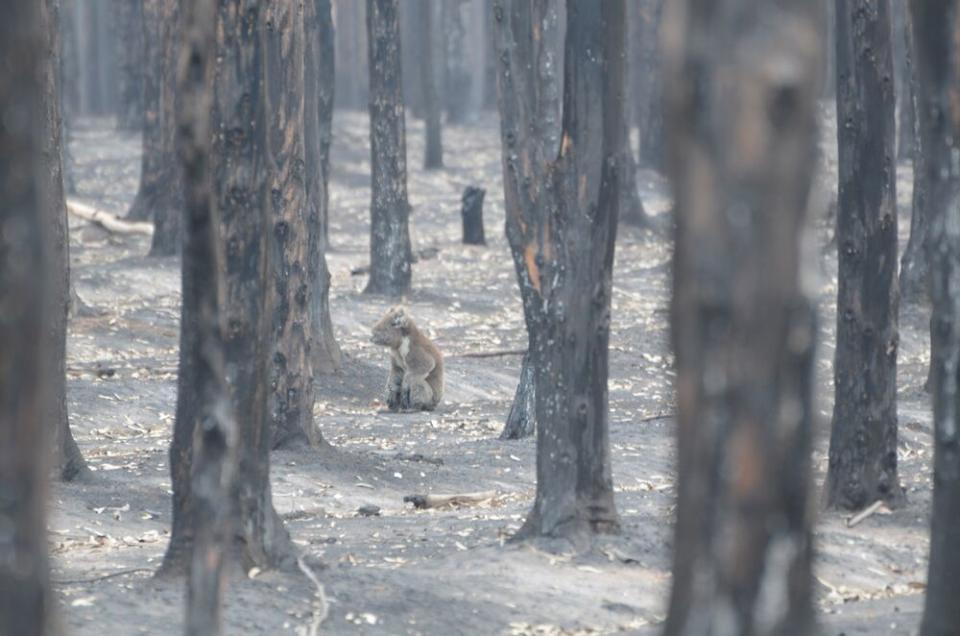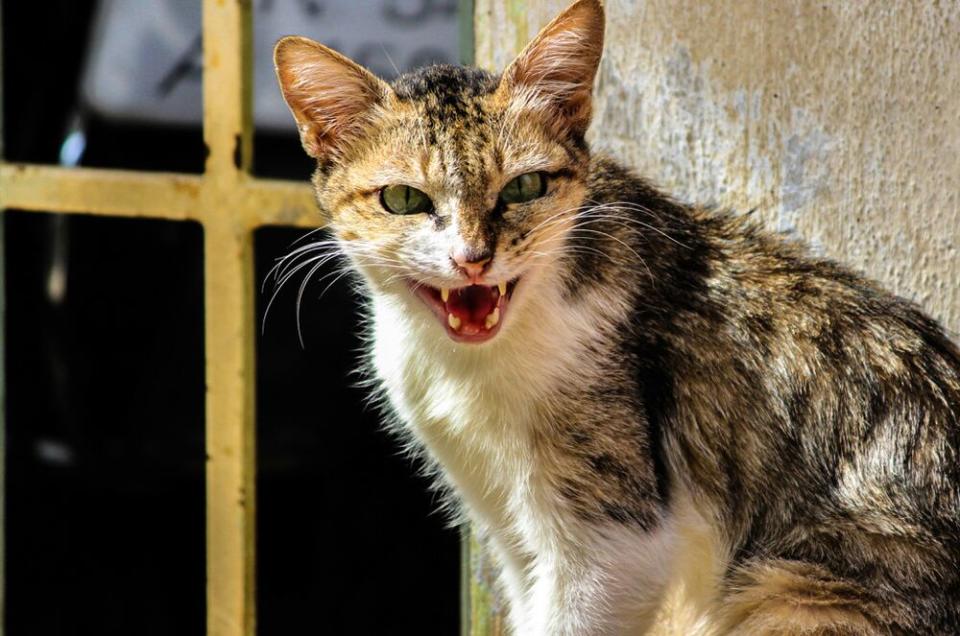Cats Could Be Worsening the Negative Impact of Australia's Bushfires on Wildlife

Factions of feral felines may be causing further damage to ecosystems devastated by the bushfires in Australia.
As the ongoing climate crisis ravages Southern Australia in the form of widespread wildfires, the death toll of the country’s wildlife increases. Earlier this month, experts estimated that more than 1 billion koalas, kangaroos and other animals have died since the fire season started in September.
One unlikely contributor to this estimated kill count could be cats.
In past studies, researchers have shown that wild cats are attracted to recently scorched environments, where they will prey upon animals injured and vulnerable after the blazes.
Ecologist Hugh McGregor, who studies feral predators, told Wired that cats make ravenous hunters in the wild, even more so than other animals.
“They’re waiting and watching, and they will continue to hunt until every last prey is gone from that area,” he said. “It’s an extra level of meticulousness that a lot of native predators don’t tend to have. I feel like cats are more the mop-up crew.”
RELATED: Aircrafts Drop Nearly 4,500 Lbs. of Food on Bushfire-Ravaged Australia to Save Starving Animals

According to CNN, Australian officials have previously implemented efforts to crack down on the abundance of feral cats in the country, estimated to be anywhere between 2 and 6 million strong.
Alley Cat Allies — an advocacy organization for stray, feral and community cats — responded to McGregor’s comments about feral cats in Australia with disappointment and concern over how statements like his could affect felines and Australia’s recovery efforts.
“It’s deeply disappointing that in light of a tragedy in Australia right now — with fires having killed humans, destroyed homes and caused the deaths of an estimated one billion animals, including cats — that an ecologist quoted in this story is attempting to paint cats as culprits. It’s a dangerous misdirection of attention away from the fact that fires are still raging. The best way to save wildlife is to focus on putting fires out, rescue injured animals, get food to animals, and work to prevent the spread of fires now and in the future. None of that is as easy as demonizing cats, but each of these efforts has the actual potential to help wildlife in Australia,” Becky Robinson, founder and president of Alley Cat Allies, said in a statement obtained by PEOPLE.
The New South Wales government is currently taking measures to help feed hungry wildlife left starving by the deadly fires.
Over the weekend, officials launched Operation Rock Wallaby, a bid to help save the endangered brush-tailed rock-wallaby, Australia’s 9 News reported.
The post-fire wildlife recovery effort found the state government dropping nearly 4,500 pounds of sweet potatoes and carrots on a total of 11 different brush-tailed rock-wallaby colonies, according to ABC News and a release obtained by CNN.
Never miss a story — sign up for PEOPLE’s free daily newsletter to stay up-to-date on the best of what PEOPLE has to offer, from juicy celebrity news to compelling human interest stories

RELATED: Australia’s Wildfires Have Killed More Than 1 Billion Animals, Expert Estimates
Humane Society International has also responded to the crisis, sending a disaster response team to Kangaroo Island, an island off Australia’s southern coast that recently lost an estimated 20,000 koalas in the fires.
The team is on a search-and-rescue mission, scouring the scorched earth of the island for animals who managed to survive the fires, now in desperate need of medical help.
Along with pulling the animals from these inhospitable condition, the HSI crew is also setting up food and water stations to help “sustain uninjured wild animals in the area,” who are emerging from the disaster only to face starvation and dehydration.
Many of the injured animals that the team is pulling from the wild are suffering from burns, smoke inhalation and physical and mental trauma.
“These are some of the toughest scenes I’ve ever witnessed as an animal rescuer: the bodies of charred animals as far as the eye can see,” said an HSI spokesperson in a statement. “But as we set out each day on search and rescue, we’re still finding animals alive, injured, dazed or traumatized, and it’s such a relief to be able to give them immediate life-saving assistance.”
Find out how to help Australian fire victims and animals impacted by the blazes here.

 Yahoo News
Yahoo News 